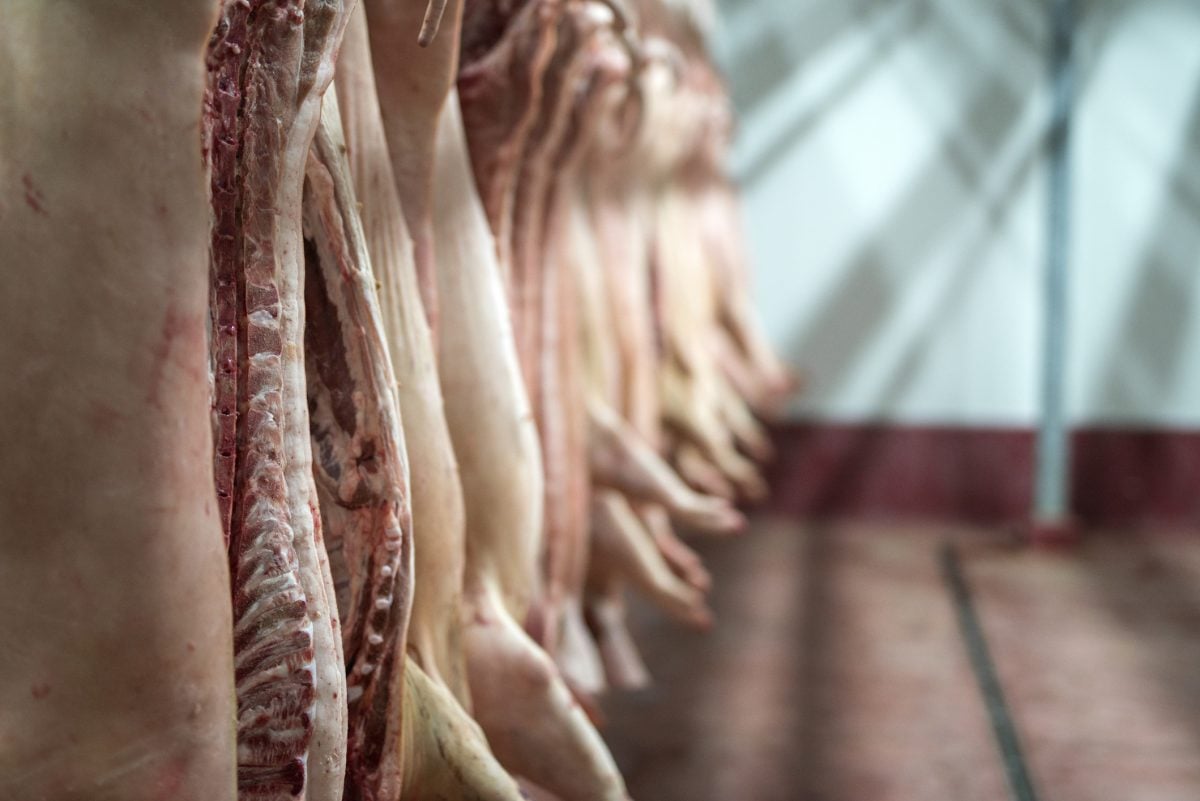By Karen Braun
LONDON, Oct 12 (Reuters) – Ukrainian farmers find themselves in a similar situation to last year: soils are dry. Dryness does not yet pose a risk to yields, but sown area could take a beating and noticeably reduce winter crop production in Ukraine in 2016.
One year ago, there were concerns in both Ukraine and Russia over sowing into such dry conditions for the 2015 harvest, though for Ukraine, the situation may be worse this year.
In Ukraine, soil moisture built back up to near or above average levels by April for the start of the spring sowing campaign. Now in October, as farmers look to wrap up winter sowing, soils are among the driest in the last 30 years.
Read Also

U.S. livestock: Cattle slip back, hogs gain
Chicago cattle futures slipped back on Friday after Thursday’s pause. Hog futures crept upward. Most-active December live cattle futures closed…
Soil moisture over Ukraine’s wheat areas was 11 percent below the 20-year average back in 2014 at September’s end. This year’s value weighed in at 20 percent below normal following a nearly bone-dry August.
Recent conditions exhibit marked similarities to those during the sowing of the 2010- and 2012-harvested crops. Wheat harvested area in 2012 was at least 10 percent below recent averages, and wheat yield in both years fell at least 15 percent below trend values.
If there is any silver lining to this year’s weather, September was among the warmest in the past 30 years. This not only allows farmers to get out into their fields, but it also speeds up the development of newly sown crops before they enter winter dormancy.
SOWING PROBLEMS FOR UKRAINE
Rapeseed was the first victim of the dry soils as it is first to be sown when the winter campaign begins in August. Area suffered last year based on poor sowing conditions, so it is not surprising to hear of even more problems this year.
Dry conditions during sowing in 2014 cut harvested area by 17 percent from the previous year to 685,000 hectares. Last month, Ukraine’s agriculture minister said that rapeseed area could be reduced by up to 40 percent of the originally planned 823,000 hectares this year. If realised, area under rapeseed for the 2016 crop would be the smallest in 10 years.
As of Oct. 8, the ministry reported that 611,000 hectares had been planted, but the percentage of completion is unclear. In 2014, the delayed rapeseed sowing campaign concluded on Oct. 10, indicating that this year’s area may not be likely to increase much from here on out.
Wheat and barley sowing are also lagging last year’s pace. Only half the amount of barley is currently sown as compared to last year at this time, and almost 1 million hectares less of wheat are sown.
It appears quite unlikely that Ukraine could match last year’s winter grain area as conditions have not really improved and the clock is ticking. Last week, Ukraine’s state weather agency warned that winter grain sown area could fall by up to 30 percent of the plan in favour of spring crops.
Ukrainian farmers are unlikely to favour wheat or barley come the spring, as they yield lower than their winter counterparts and are less profitable than corn or sunflowerseed. If there really is a decent drop in higher-yielding winter grain area, it could surely remove a salient portion of total production, and that is before considering any potential yield impacts from weather in the spring.
RUSSIA ON PACE
As of Oct. 9, the winter sowing campaign is 85 percent complete in Russia, with a similar pace and target area to last year. However, last year was not smooth sailing, and problems occurred early on.
One year back, soils were near-record dry in western Russia during sowing and then cold temperatures persisted for a few weeks after, slowing the initial growth of the plants. By the end of the year, the Russian agriculture minister reported that up to 30 percent of winter crops were in poor condition.
This year, current soil moisture is still well below average in western Russia, though roughly 15-30 percent wetter than last year. No significant impacts to winter grain area have been reported out of Russia.
Last week, the SovEcon consultancy reported that dry sowing conditions could reduce the area under winter crops by up to 450,000 hectares, less than 1 percent of last year’s total crop area.
NO EXPECTED YIELD IMPACTS, YET
The dry conditions do not directly threaten the yields of next year’s crop, but they place more pressure on winter and spring weather to be favourable.
Despite the early issues with dryness and plant health last year, Ukraine and much of Russia pulled through a fairly mild winter. And although not a deluge, the spring provided timely rainfall and lifted the 2015 wheat crops in both countries above expectations.
The prior examples of the 2010 and 2012 crops in Ukraine are something the 2016 crop would hope to avoid. Both years turned far too warm in the spring and summer, and in 2010, the soil was waterlogged following enormous amounts of snowfall that winter.
But if the upcoming winter is able to mimic the previous two, Black Sea winter grains will have successfully passed their first checkpoint. At this point, only time will tell whether that can happen.













